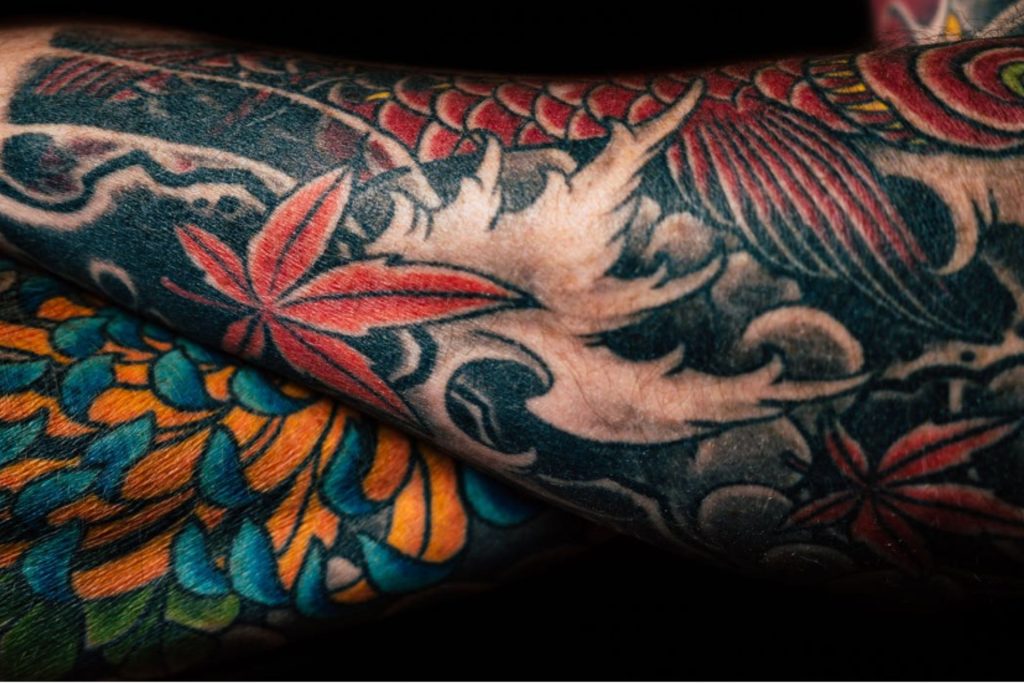
Throughout the ages, people have loved getting tattooed, most often as a form of self-expression. However, due to different circumstances, people also regret getting certain tattoos on their bodies. Issues like corporate demands, upgraded aesthetics, evolution of choices and preferences, etc. make many regret their decision of getting inked.
With advancement in science and technology, tattoo removal remedies are achievable and quite widespread. Laser tattoo removal is the most famous amongst all kinds of tattoo removal methods. But before opting for laser removal, it is important to keep in mind certain factors that will affect the removal process. This will help prevent any dangerous side effects or health issues.
Laser Tattoo Removal – 10 Things To Keep In Mind To Avoid Tattoo Removal Treatment Complications:
- Consultation – A tattoo removal specialist or expert would take proper precautions while eliminating the tattoo. Discussing medical history, skin type, and other factors with the laser technician/specialist is very important to avoid threatening side effects later on.
- It is a lengthy process – Tattoo removal is a very lengthy process. The tattoo ink will not disappear after one removal session. The time period is determined by a few factors like – complexity of the tattoo, age and colors of the tattoo, medical history of the person. Each laser session should have at least a gap of 1-2 months (could be even longer!), where the body gets time to heal before the upcoming session. On an average, laser tattoo removal takes two to two and a half years of time to remove a tattoo. The laser breaks the ink articles into even smaller fragments so that the body’s immune system can discard it. Then, in the gap period, the body regenerates its lost cells and prepares the body for the next laser session, hence the time.
- Apply sunscreen before sessions – Most mineral sunscreens have zinc oxide. Lathering sunscreen on top of the tattoo before sun exposure is always a good idea. The zinc oxide protects the tattoo from the sun and in turn it helps with the laser treatment, making the removal process easier.
- The pain – Does laser tattoo removal hurt? Yes, it does. Before starting the session, technicians apply numbing cream on the inked region to reduce pain as much as possible; nevertheless, it does sting to a certain degree. The pain felt during the sessions varies from person to person.
- Aftercare routine – The after-care regime is extremely important, and it should be discussed with the tattoo removal specialist before starting with the sessions. People often ignore the after-care routine, and their inked regions do not heal at the (average) normal pace. Mild cleansers, bandages, mild antibiotic ointments, healing moisturizers, etc., should all be prescribed by the specialist prior to the tattoo removal sessions. Some of these products may cause allergy to certain people, but work fine for others. Thus, allergies and precautionary steps should be well discussed by the experts before getting into the procedure.
- Possibility of scarring – Scarring is a rare outcome when laser technology is being used to remove a tattoo. However, in some cases there is a chance of temporary or permanent scarring. This is caused due to hyperpigmentation or hypopigmentation of the skin cells in the targeted region. The risks will be under control if the treatment is done by an expert, which circles back to the very first point.
- Discomfort after tattoo removal – Feeling a certain level of discomfort after tattoo removal sessions is natural. There can be blisters, redness and swelling too. However, these are all temporary and start fading away after a week or so.
- Expensive – Laser tattoo removal can be costly. The American Society for Aesthetic Plastic Surgery estimates an average bill of $464 per session. So before enrolling into the tattoo removal session, the interested person should also discuss the cost.
- All inks are removable – All colors are removable, contrary to the older belief. Yes, some colors might take more time than the others, like yellows and greens, but they are removable. With advancement in laser technology, the most stubborn inks can be erased with proper care and time.
- Cover-up tattoos – With all being discussed, some people might not want to go through the heavy bills, or so many removal sessions, maintenance, and pain. Often people just opt for a cover-up tattoo, i.e. a new tattoo over the older/unwanted tattoo in order to cover it up.
Having an unwanted tattoo is a common phenomenon. People evolve and their tastes change, sometimes, their jobs demand them to get rid of their tattoos. Before getting into such a long process like tattoo removal, it is good to know about these aspects of the procedure.




